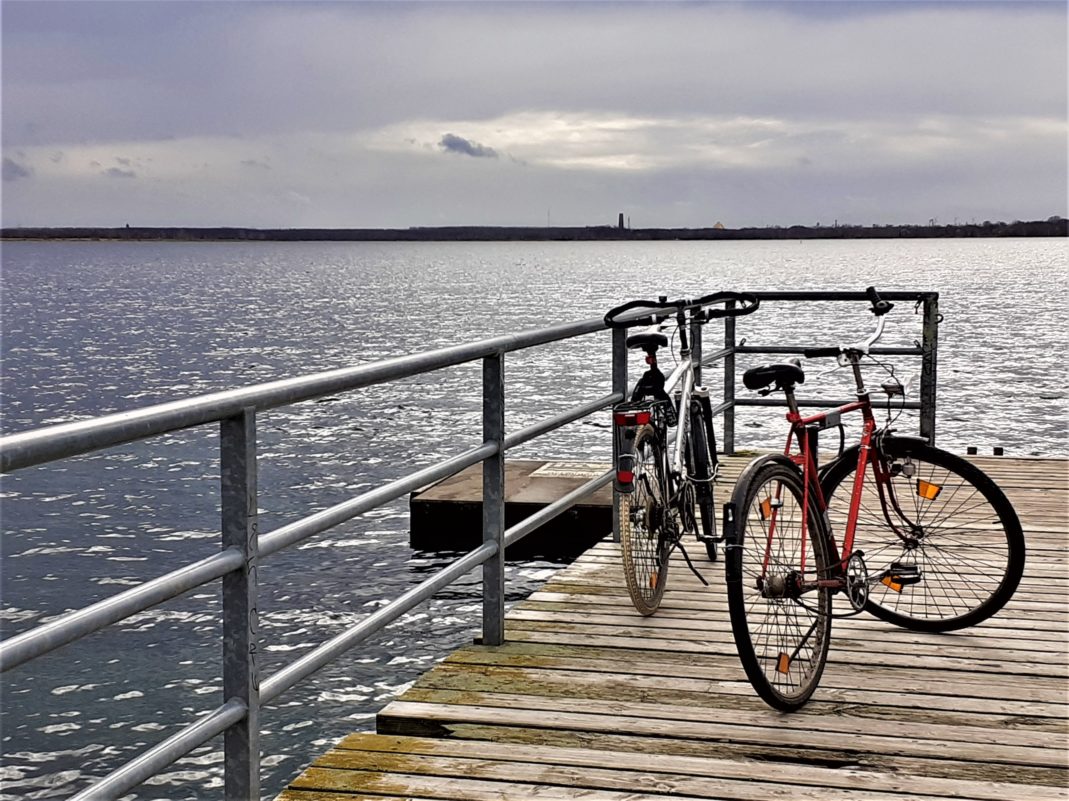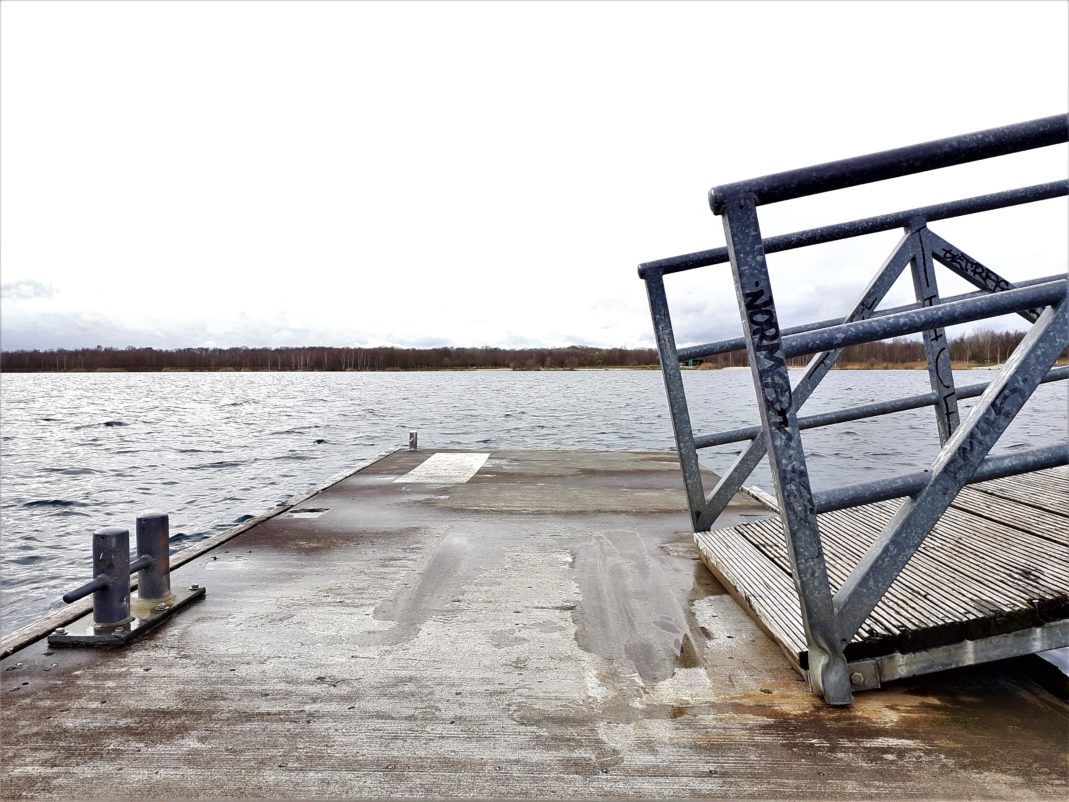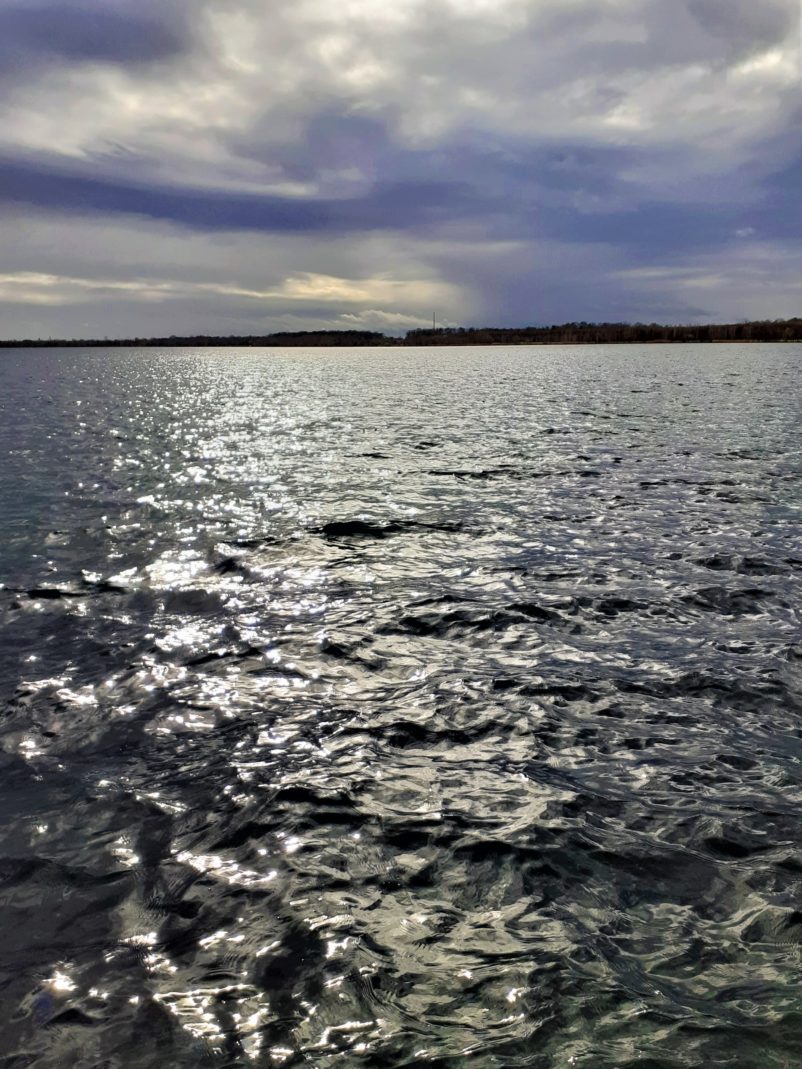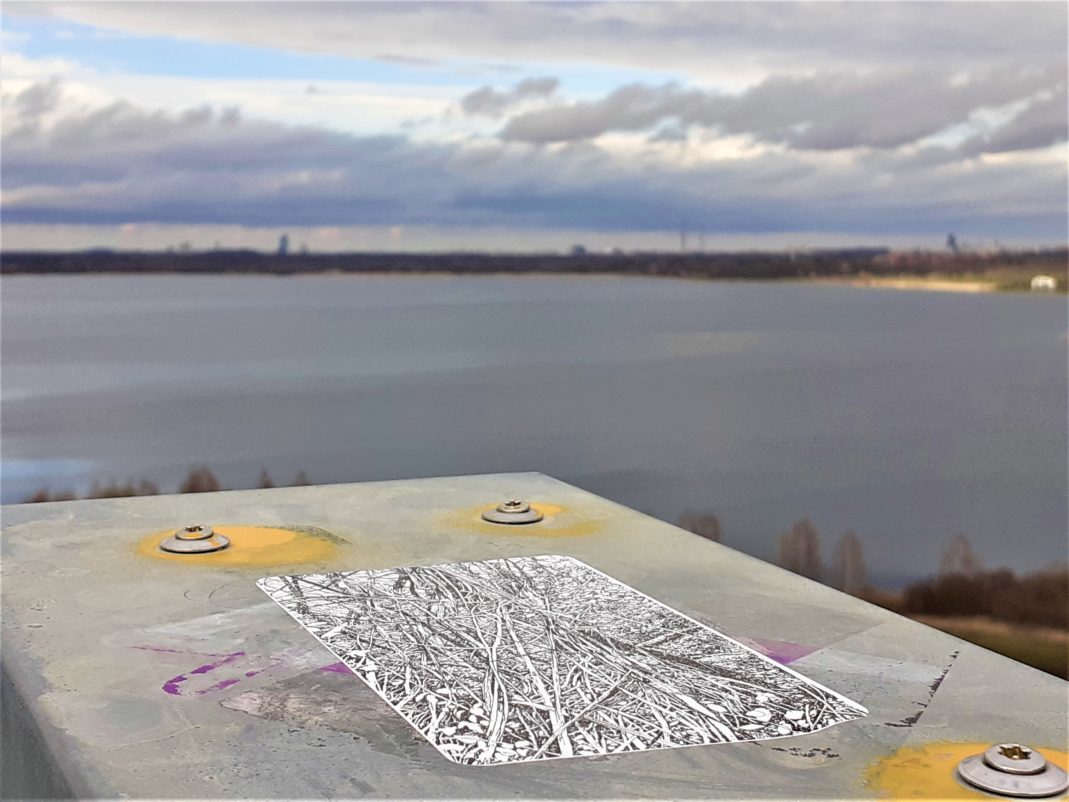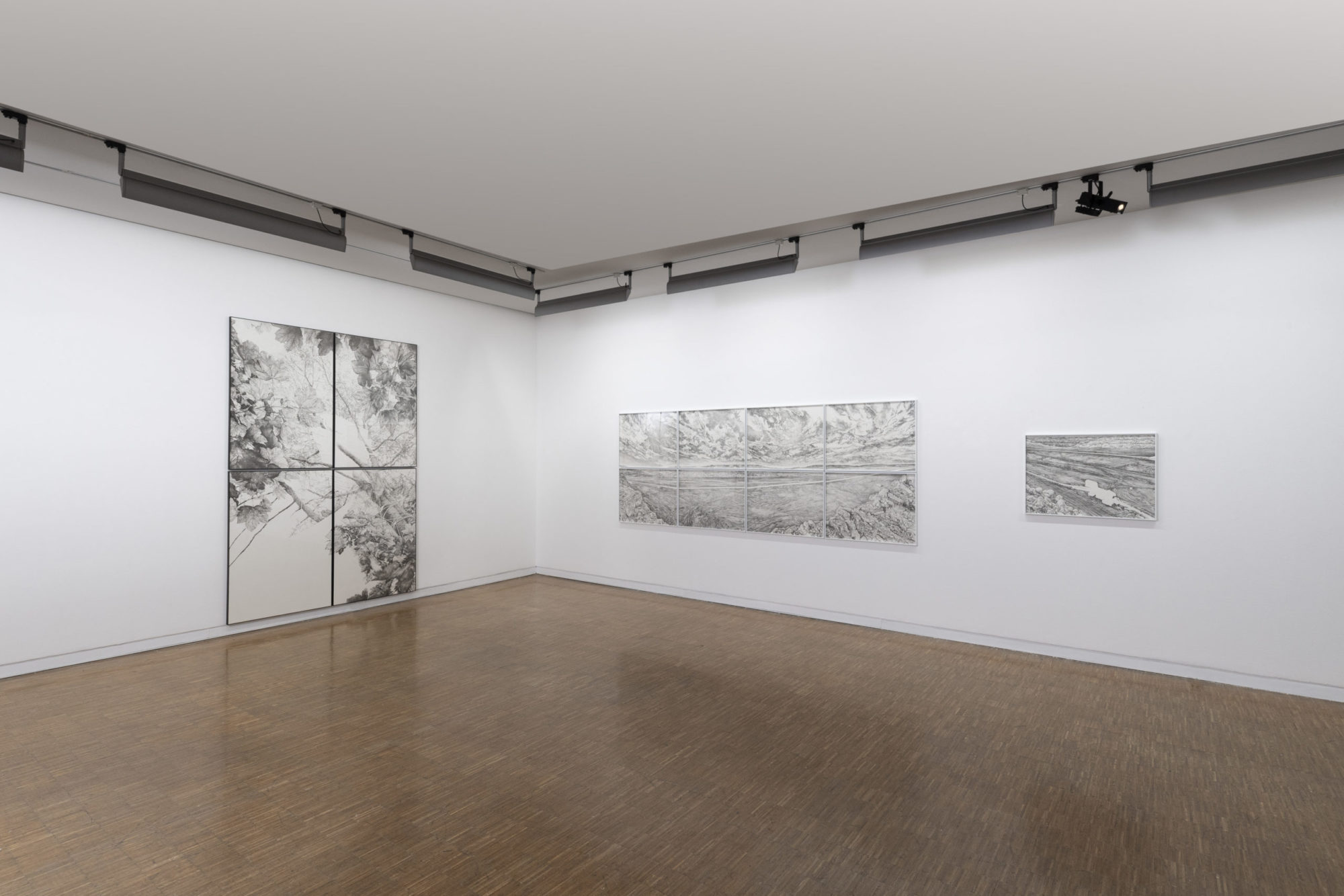The last stage before the arrival of Covid19 was Leipzig! Several reasons led me to come to Saxony!
The first especially was to see an example of renaturation, or restoration of an old open-cast brown coal mine. Here, there are no more lunar landscapes, nor huge craters in the ground, but rather an artificial lake dedicated to sports and tourism. And which despite everything is made pleasant and beautiful. There is even a marina…
Lake Cospuden, or “Cossi“, was nevertheless an open-pit lignite mine between 1974 and 1990 and allowed the excavation and mining of 87 million tonnes of lignite. Subsequently, a group of 10,000 citizens (Stoppt Cospuden) allowed the definitive cessation of mining and the renaturation of the site.
At the sight of this “serene” space, it is difficult to imagine a traumatised space beforehand. It is, however, a totally artificial site that is organized by humans. Constructed and anthropic. To this space is assigned a second nature. What does the “wild” or “first” state of nature now mean in a natural space entirely reorganized by man? What do we see? What is different? What is our relationship with the natural environment? Artificial?
The idea of nature, widely questioned over the centuries by artists, is today being reinterpreted again in contact with political, social, industrial or ecological changes. How can we currently account for this work, here of renaturation, of a return to an alleged “purity” or to a state qualified as “wild”?
